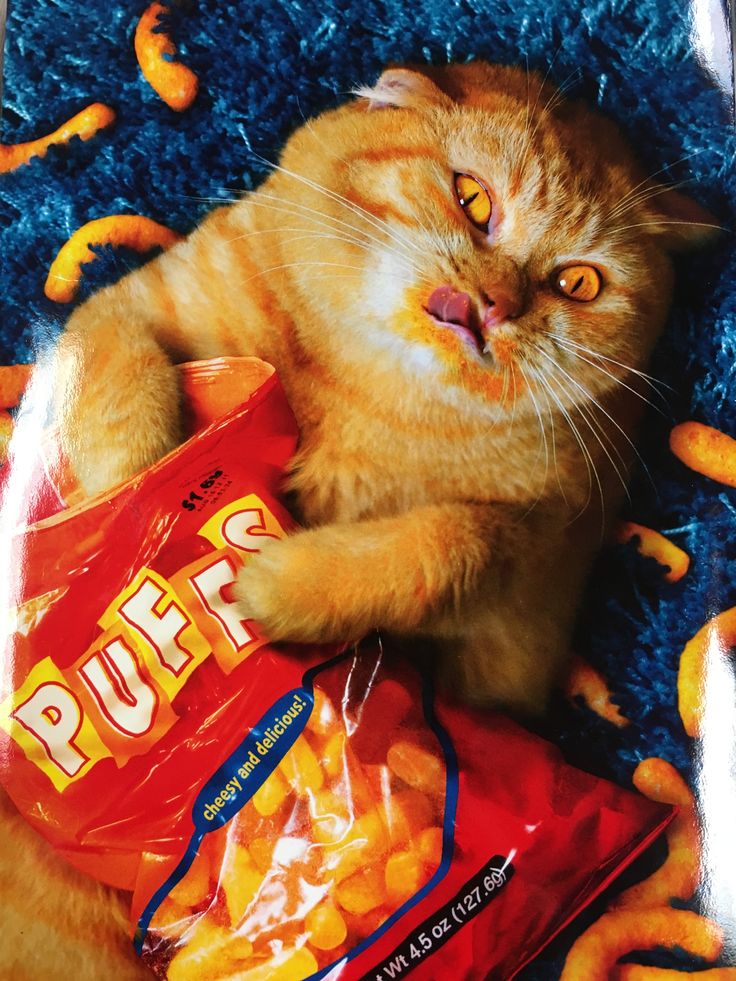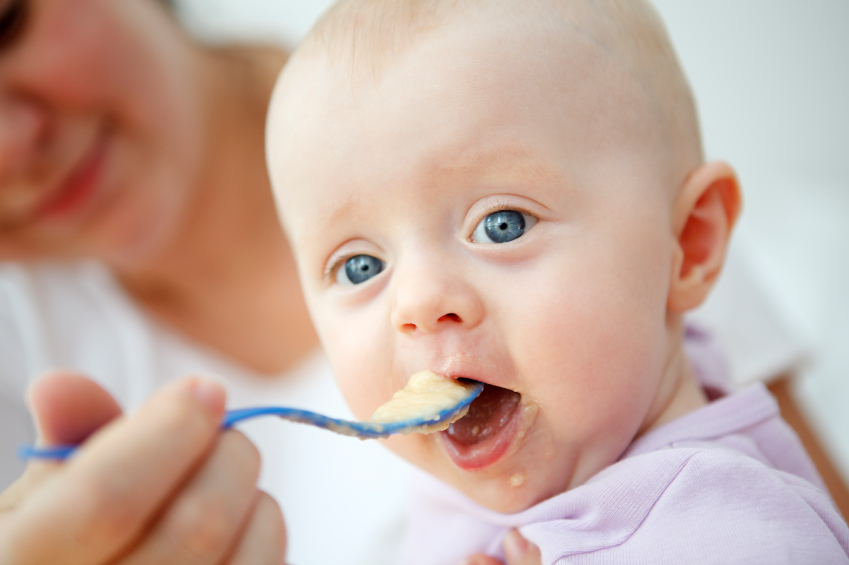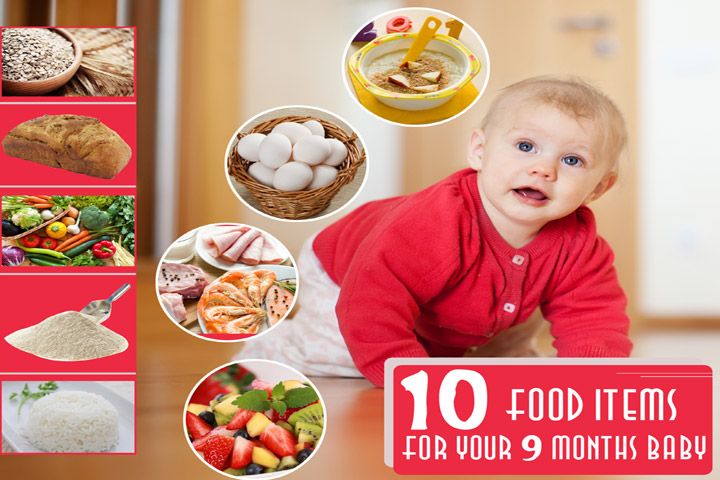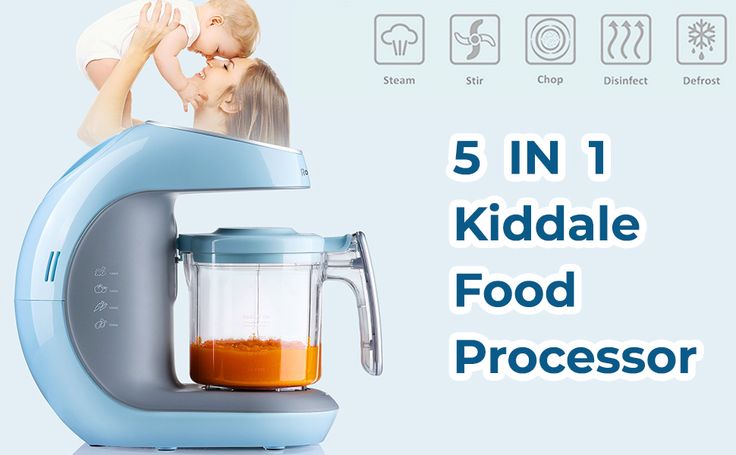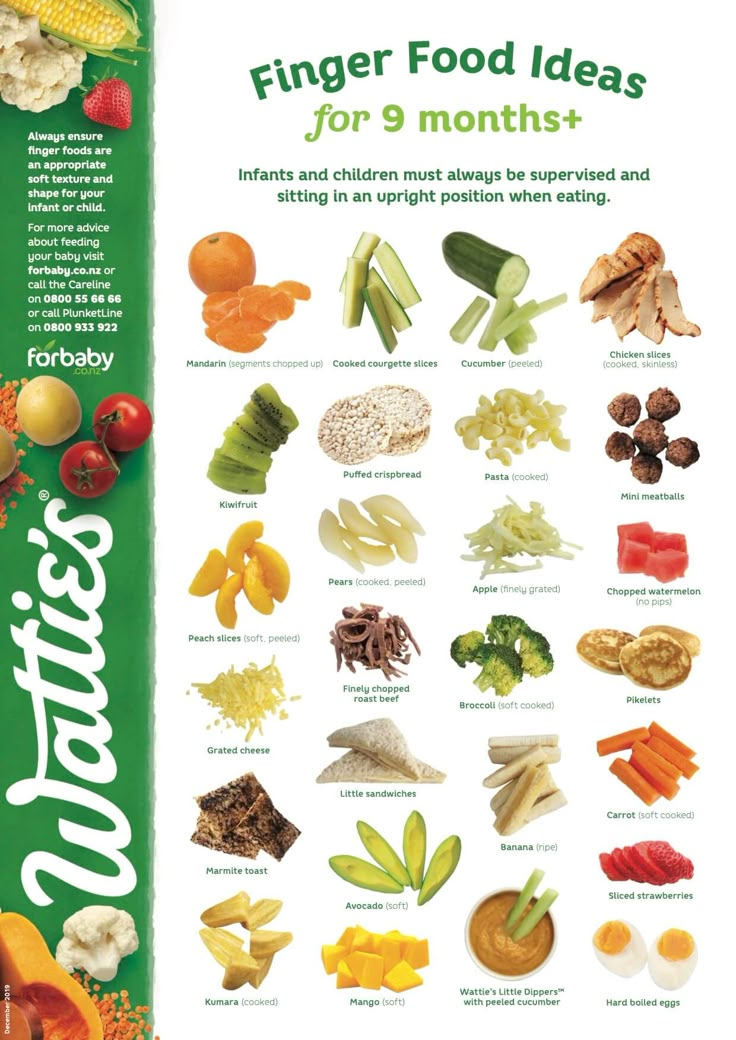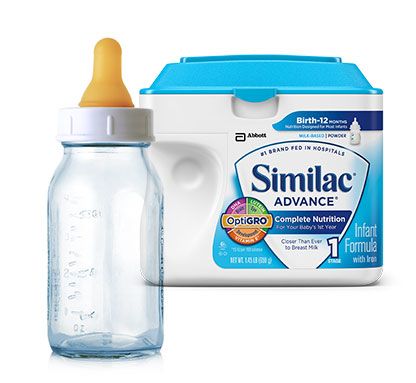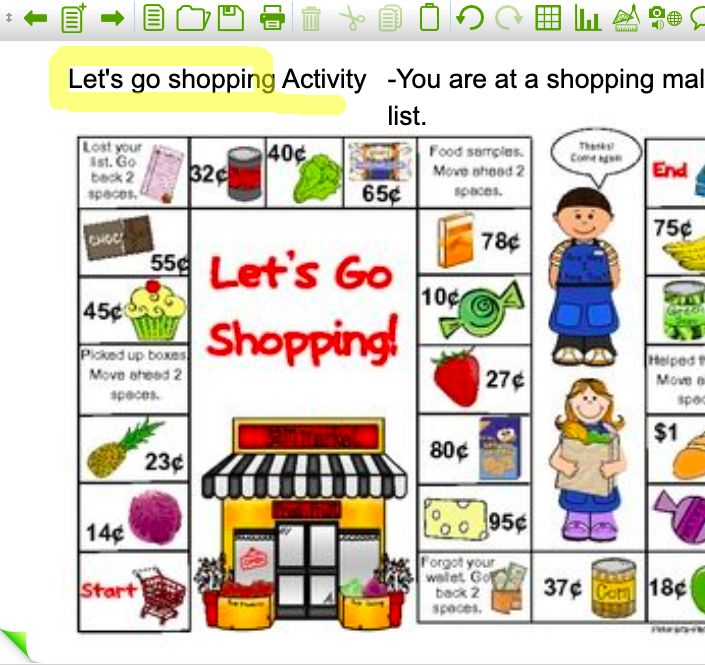When can baby kittens start eating food
When can kittens start eating solid food?
Search blog
All articles News Vet clinic Life as vet Ask a vet Dogs Cats
If there is one thing that we can all agree on, it is that kittens are insanely cute. Those of us lucky enough to have their homes overrun by the little critters will be very aware of the responsibility to ensure that they get the best care. A crucial part of this is successfully weaning them from milk onto solid food. The Cats Protection League survey in 2020 found that 16% of all neutered female cats have one litter before they are spayed. Given there are 5.3 million owned female cats in the UK, that equates to a lot of kittens that need to be weaned onto solids. So, whether breeding was intended, or the kittens were an accident, knowing when to start weaning them onto solid food is essential for giving a kitten the best start in life.
Table of contents
- What is the meaning of “weaning”?
- Kittens are ready to try solid foods at 4 weeks old.
- What are the pitfalls to watch out for?
- Is the timing of weaning different for hand-rears?
- You might also be interested in:
What is the meaning of “weaning”?
The Oxford English Dictionary defines weaning as to “accustom (an infant or other young mammal) to food other than its mother’s milk”. There is a second definition, which when talking about baby animals, is often conflated with the first: “accustom (someone) to managing without something which they have become dependent on”. In this context, removing the kitten permanently from the mother. This confusion is unfortunate as it suggests that kittens (and other baby animals) should be removed from their mothers when they start eating solid food. In fact, a kitten should remain with the mother at least a month after they have started eating solid food to ensure adequate socialization.
“Early weaning”, as in early separation from the mother, can result in behavioural problems. It can be a challenge in hand-reared kittens. However, here we discuss weaning in strictly the sense of introducing a kitten to solid food.
Kittens are ready to try solid foods at 4 weeks old.
Weaning a kitten from a 100% milk diet to solid food is a delicate business. Some kittens might start showing interest in their mother’s food from 3 weeks of age. Most will be ready to be introduced to kitten gruel by 4 weeks of age. At this stage, you should be actively encouraging kittens to eat solid food. Kitten gruel is a mash of high-quality kitten food mixed with kitten replacement milk formula. It is designed to be easy for the kitten to lap up.
As kittens get used to the gruel, the amount of milk added can be reduced gradually. It helps to serve the gruel in a flat dish. Such as a saucer or even an upside-down Tupperware lid if there is one to spare. This allows easy access to the food.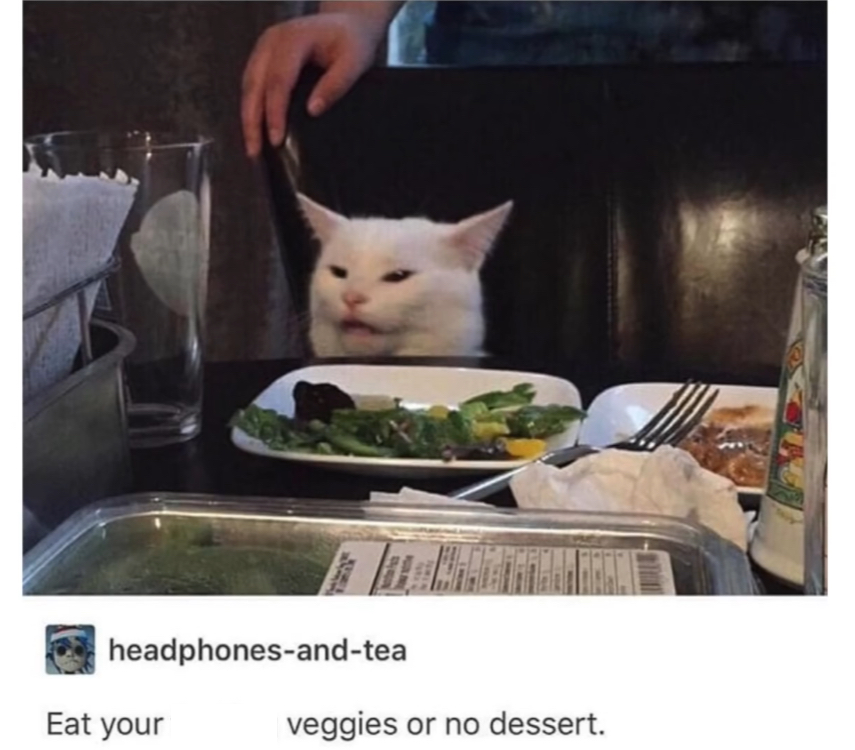 Expect feeding to be very messy for the first few days. But most kittens should complete the transition to kitten food by 6 weeks of age.
Expect feeding to be very messy for the first few days. But most kittens should complete the transition to kitten food by 6 weeks of age.
What are the pitfalls to watch out for?
Just like human babies, kittens develop at different rates. So whilst some may be chowing down their gruel in no time, they may have siblings who are struggling to get the hang of things. It may simply be that they need more time to get used to solids. Still, it is a good idea to weigh all kittens daily to pick up any problems early. Even if they are still nursing from their mother. A healthy kitten should gain at least 10 grams a day. If, after introducing solids, the kitten’s weight gain curve flattens or they become dull and lethargic, that is the cue to take the little one for a checkup with the vet to see if an underlying cause can be identified.
Is the timing of weaning different for hand-rears?
Unfortunately, no. After several weeks of relentless night feeds, the temptation to get the little darlings onto solids earlier is understandable.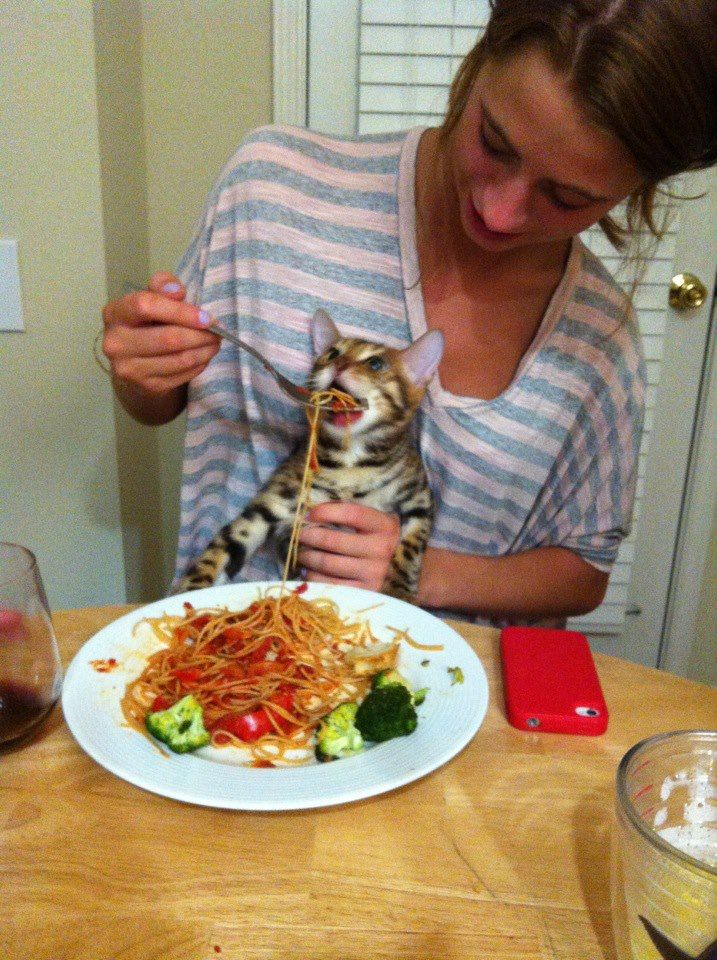 Nevertheless, the magic age for introduction to solids for hand-reared kittens is still 4 weeks and certainly not before 3 weeks of age.
Nevertheless, the magic age for introduction to solids for hand-reared kittens is still 4 weeks and certainly not before 3 weeks of age.
You might also be interested in:
Kitten Feeding Week by Week
Feeding orphaned kittens can feel like a full-time job, especially in the beginning when they need to be fed the most. But it’s also incredibly rewarding, and before you know it, your kittens will be eating on their own and soon ready to find homes. The feeding protocols below are provided by the Kitten Nursery of Salt Lake County Animal Services, in partnership with Best Friends Animal Society–Utah.
Kittens one week old or less: Bottle-feeding
- Food type: Formula
- Frequency: Every 2 – 3 hours (8 – 12 times per day)
- Amount: 3 – 4 cc per feeding
Two-week-old kittens: Bottle-feeding
- Food type: Formula
- Frequency: Every 3 hours (8 times per day)
- Amount: 5 – 6 cc per feeding
Three- to four-week-old kittens: Bottle-feeding
- Food type: Formula
- Frequency: Every 4 hours (6 times per day)
- Amount: 13 – 17 cc per feeding
Four-week-old kittens: Begin feeding gruel – Weaning stage
- Food type: 1/2 can per kitten of gruel (gruel instructions below) in a dish and dry kitten food in a dish, and dish full of water at all times.
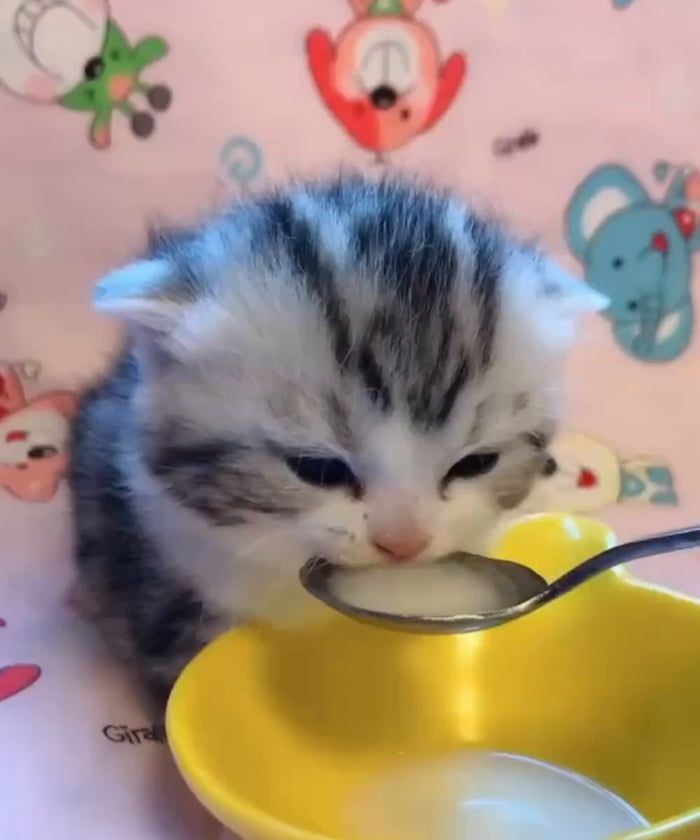 Plus formula three times per day.
Plus formula three times per day. - Frequency: Keep kibble, water and gruel in cage at all times.
- Give 13 – 17 cc of formula every 8 hours (3 times per day).
- During bottle-feeding sessions, try to get the kittens to also eat gruel off a spoon or tongue depressor and from a dish (see instructions on making gruel for more tips). It is important to start getting small amounts of gruel into their stomachs.
- Note: At this time, also introduce litter box; kittens can eliminate on their own at this age and do not need to be stimulated to go anymore.
How to mix gruel
Small batch (for one kitten): ½ can of wet kitten food mixed with ¼ can of formula (use an empty food can as a measuring cup).
Large batch: Whisk 8 cans wet kitten food with 4 cans of fresh, warm formula (use the empty food can as a measuring cup). At this age, kittens like their food a little lumpy so they can chew.
Note: Substitute the warm water for formula in gruel for kittens 5 weeks and older.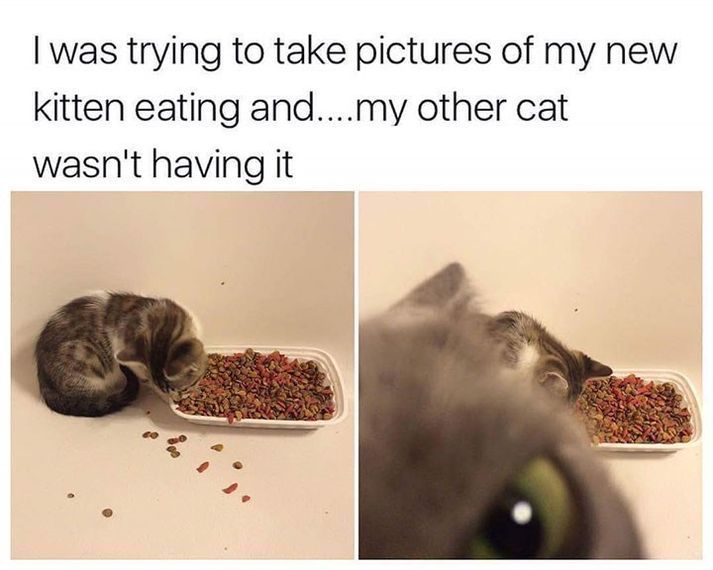
Helpful tips when using gruel:
- When introducing kittens to gruel, put gruel in a flat dish and place kittens near the dish. If they do not start to eat on their own after a few minutes, use tongue depressor or spoon to scoop gruel into kitten’s mouth. You may have to open their mouth and put a little in. You can also put a little gruel on their nose and see if they will lick it off. Sometimes the kittens need to adjust to the new taste.
- Once kitten starts to eat gruel off the spoon or tongue depressor (may take a few feedings for them to figure this step out), slowly start to lower it towards the dish of gruel. The kittens should easily transition from the spoon or depressor to the dish (may take a day for them to start eating out of the dish regularly).
- During the weaning process, kittens still need to be bottle-fed three times per day (about every 8 hours) to ensure they are receiving proper nutrients.
Five- to eight-week-old kittens: Solid food
Food type: ½ can per kitten of kibble in a dish and wet food in a dish at all times, and a dish full of water at all times
- Kittens 3 to 5 weeks should be given baby cat kibble.
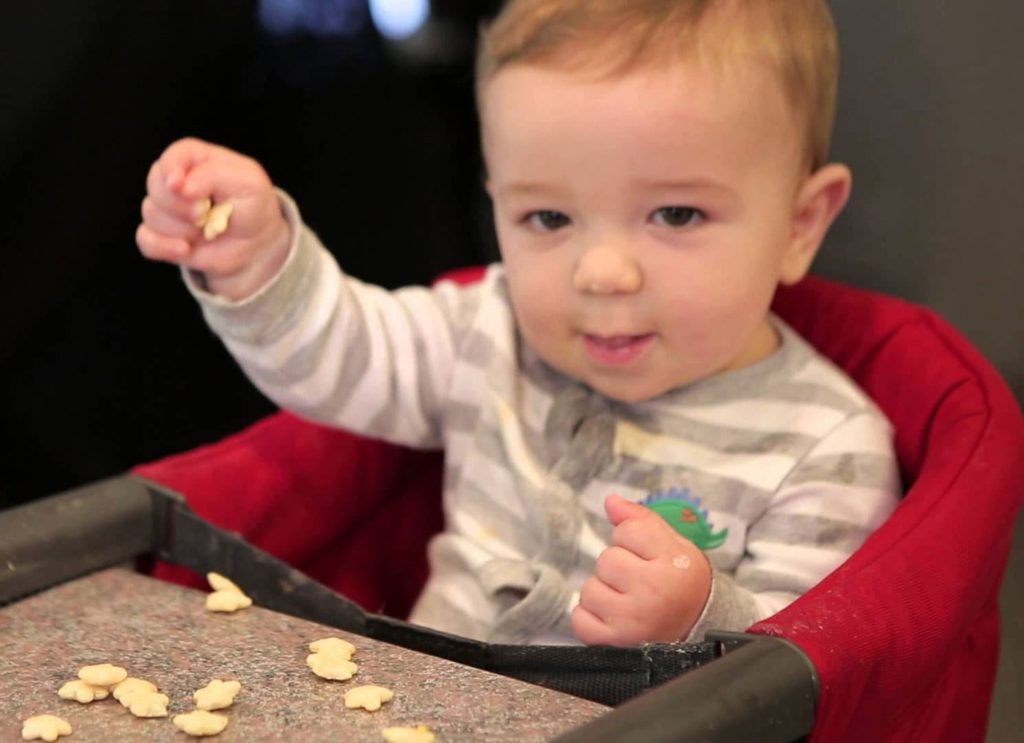
- Kittens 5 to 6 weeks should be given kitten kibble and kibble should be mixed into the wet food.
- Kittens 7 weeks and older should eat mainly dry kibble.
- Weeks 5 and 6 are transition weeks where the two foods (what they were eating and what they will be eating) should be mixed together so their tummies do not get upset by the change in diet. Gradually decrease the amount of food they were eating while increasing what they will be eating over the course of 7 days.
Spay or neuter and adoption
Eight-week-old healthy kittens are fully weaned and should soon be ready to be spayed or neutered and to find their new forever homes. It is much easier to find homes for eight-week old kittens than it is if you wait longer, so start setting a plan early on. Sharing photos of the kittens with friends and family as they grow, and telling everyone you know that you’ll be looking for homes for the kittens is a great way to find homes. For more advice on finding homes for the kittens, see this guide on finding homes for homeless pets.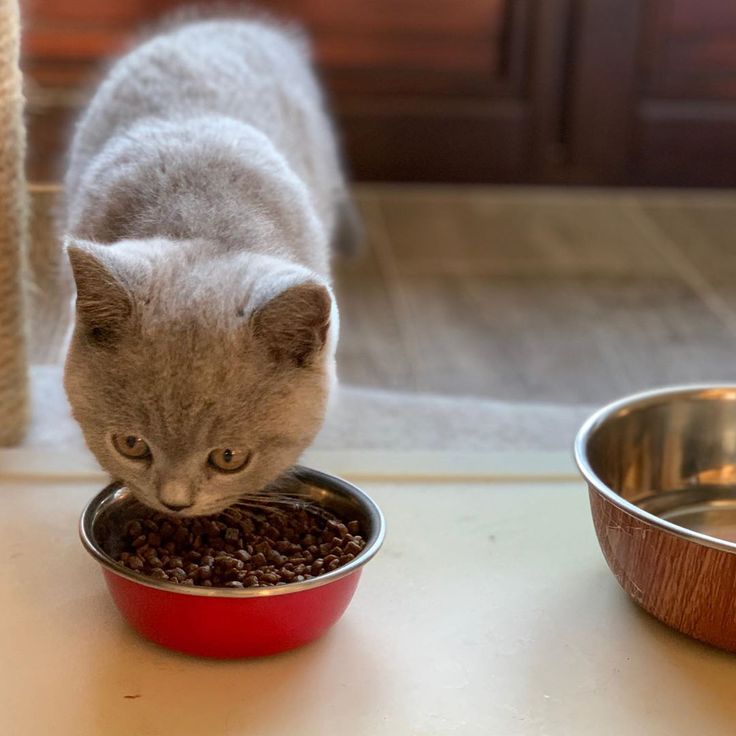
It is also important to ensure that all the kittens are spayed or neutered, so they don’t accidentally add to the thousands of unplanned litters of kittens that enter shelters each year. Find a low-cost spay/neuter clinic near you.
While caring for orphaned kittens is a lot of work, it’s also a lot of fun. The most rewarding part is watching your charges grow up and go into new homes. And the best part is that you can feel good knowing that you helped keep kittens — the most at-risk animals to enter shelters — safe and sound.
More about abandoned baby kitten care
Note: This article is the last in a four-part series on caring for baby kittens who are abandoned.
Photos by Sarah Ause Kichas
Categories:
CatCaring for Pets
do's and don'ts, when to introduce complementary foods
How to feed a kitten that has just been weaned from its mother? When to switch to adult food? And what happens if you feed the baby cow's milk and fresh meat? We tell you what to give kittens from 0 to 12 months and how to introduce the first complementary foods without harm to the digestive system.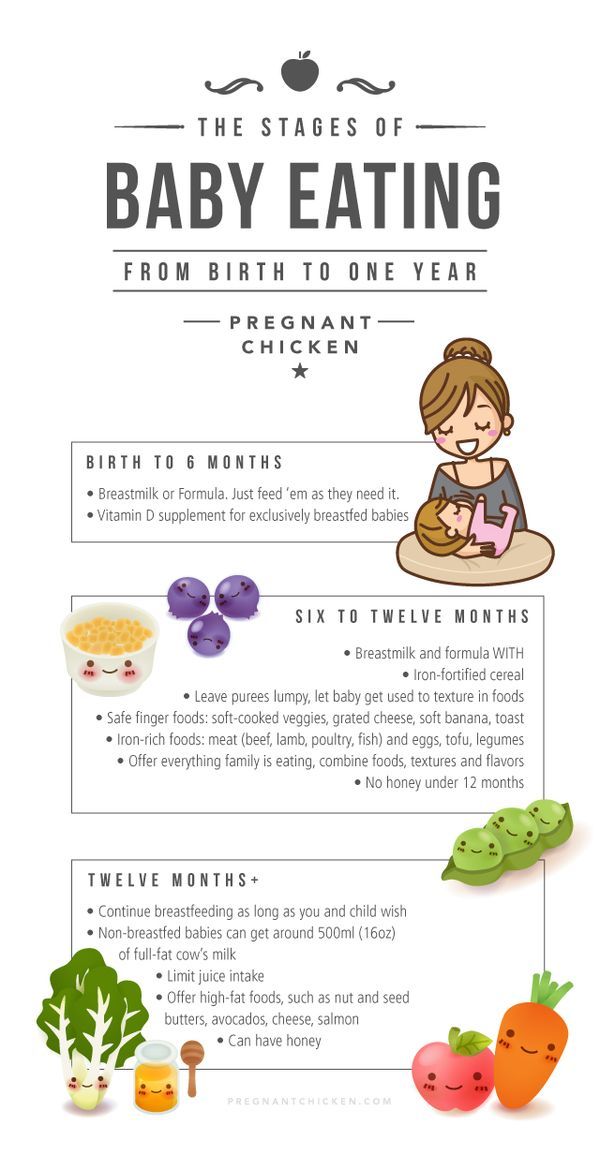
Where to start
To build a balanced diet and decide on a feeding schedule, you need initial data: the exact age of the kitten and information about what it was fed before.
If the pet came straight from the breeder, all information, including weight gain schedule, can be obtained from him. The most optimal age for weaning from the mother is 2-3 months. At this point, the animal is already eating solid food and has primary immunity obtained through the mucous membrane of the stomach and intestines with mother's milk.
For the first 7-10 days in a new home, the kitten is fed the same as in the cattery, and they make sure that the animal does not overeat. This is due to the already developed set of enzymes necessary for the digestion of food. If you introduce a new food one day, the body will not have time to rebuild, and will react with vomiting and violation of the stool, up to an emergency call to the veterinarian.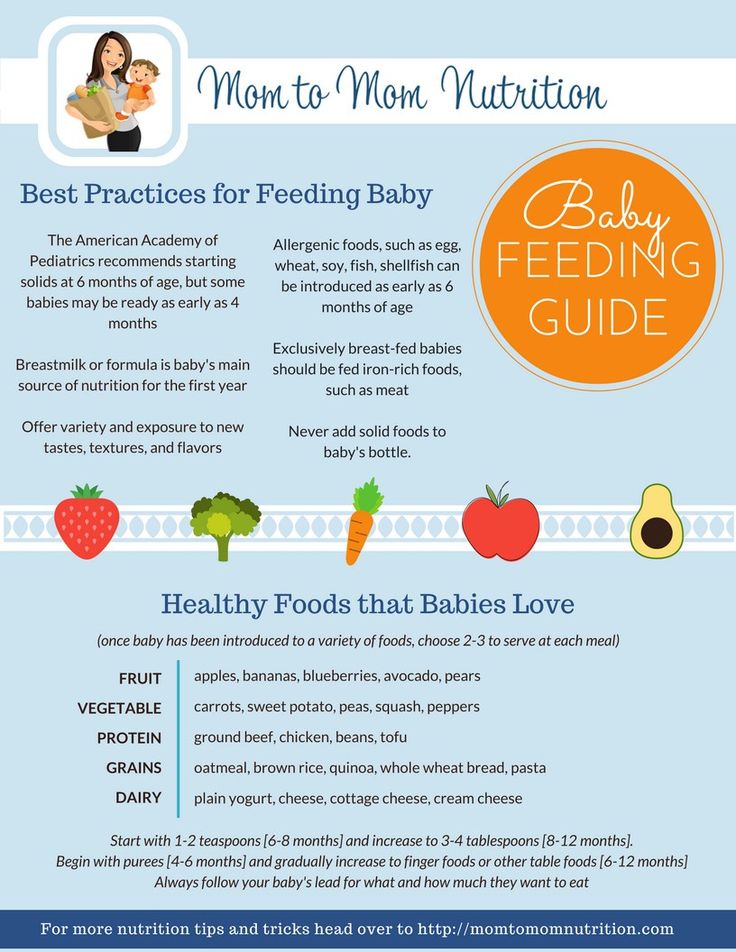 Therefore, new products should be introduced gradually, offering them first for testing, and then mixing them with the old food in a ratio of 1:5, where a smaller part is allocated to the new, and a large part to the old. Then 2:4, 3:3 - and so on until the new food completely replaces the old one. The average time to switch from old food to new food is 7 to 14 days.
Therefore, new products should be introduced gradually, offering them first for testing, and then mixing them with the old food in a ratio of 1:5, where a smaller part is allocated to the new, and a large part to the old. Then 2:4, 3:3 - and so on until the new food completely replaces the old one. The average time to switch from old food to new food is 7 to 14 days.
If the pet is picked up on the street and the exact age is not known, the animal must be taken to the veterinarian. But if the kitten's condition is critical and there is no time left to go to the clinic, it is permissible to feed the baby with rice decoction, cat's milk substitute from a pet store, or, in extreme cases, infant formula. These foods are safe for kittens even in their first week of life and will not cause indigestion.
Is it possible to give milk to a kitten
Feeding a kitten undiluted milk is dangerous for his digestion. Whole cow's milk causes upset stools and severe dehydration in kittens. This is due to immunity to milk sugar (lactose). It forms a sticky mass (casein) in the stomach and is not digested, causing bloating and colic. But even with the relative acceptance of an atypical diet, there will be less nutrients and the animal will develop more slowly.
This is due to immunity to milk sugar (lactose). It forms a sticky mass (casein) in the stomach and is not digested, causing bloating and colic. But even with the relative acceptance of an atypical diet, there will be less nutrients and the animal will develop more slowly.
Below is a table with a detailed analysis of cow's and cat's milk in terms of protein, fat and carbohydrate balance:
| Composition | Cat milk | Cow's milk |
| Water | 82.4 | 87.4 |
| Lactose | 4.8 | 4.8 |
| Proteins | 7.0 | 3.3 |
| Fats | 4.8 | 3.8 |
Table 1
When to introduce the first complementary foods
According to veterinary practice, a cat feeds kittens for 40-60 days. This period is needed to build immunity, which will reduce the body's susceptibility to infectious and viral diseases that the animal will face in the future.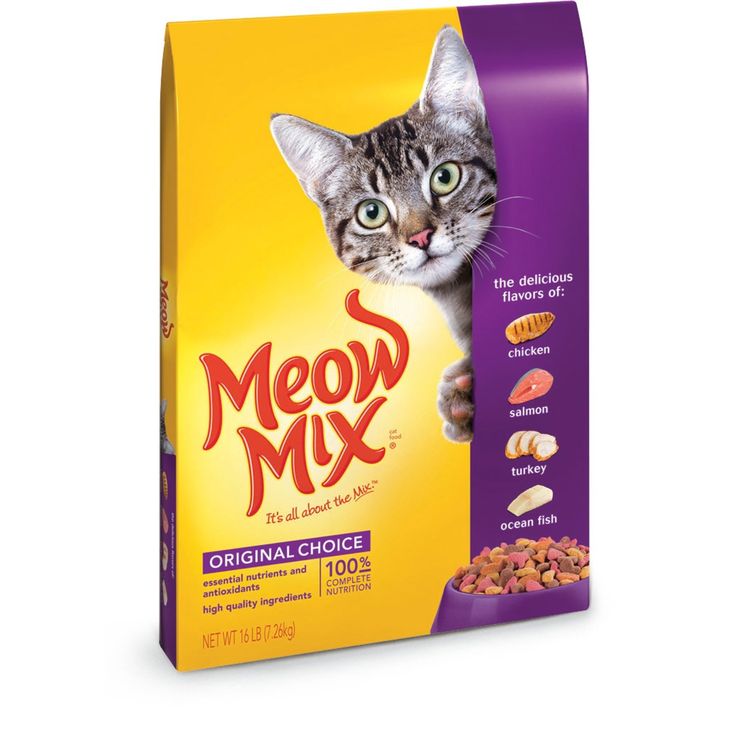 So at what age should we introduce complementary foods?
So at what age should we introduce complementary foods?
It is not necessary to introduce complementary foods during the first month of life. All nutrients come from mother's milk and the cubs have enough of it. However, if this is a multiple litter, where stronger and stronger individuals push the weak ones aside and there is not enough milk for everyone, or the kittens are taken away from the mother too early, the babies will have to be fed from the first days of life. The main thing is to monitor the dynamics of weight gain and avoid overfeeding.
There are two ways to make up for the lack of mother's milk: find a cat-nurse or transfer the animal to artificial mixtures. You can find a recently born cat through a veterinarian or special forums on the Internet. However, not every animal will accept someone else's cub and will not harm him, especially if he smells someone else's smell from him. Therefore, it will be easier to switch to artificial feeding.
You can feed your baby with a cat's milk replacer - it is available in powder or liquid form.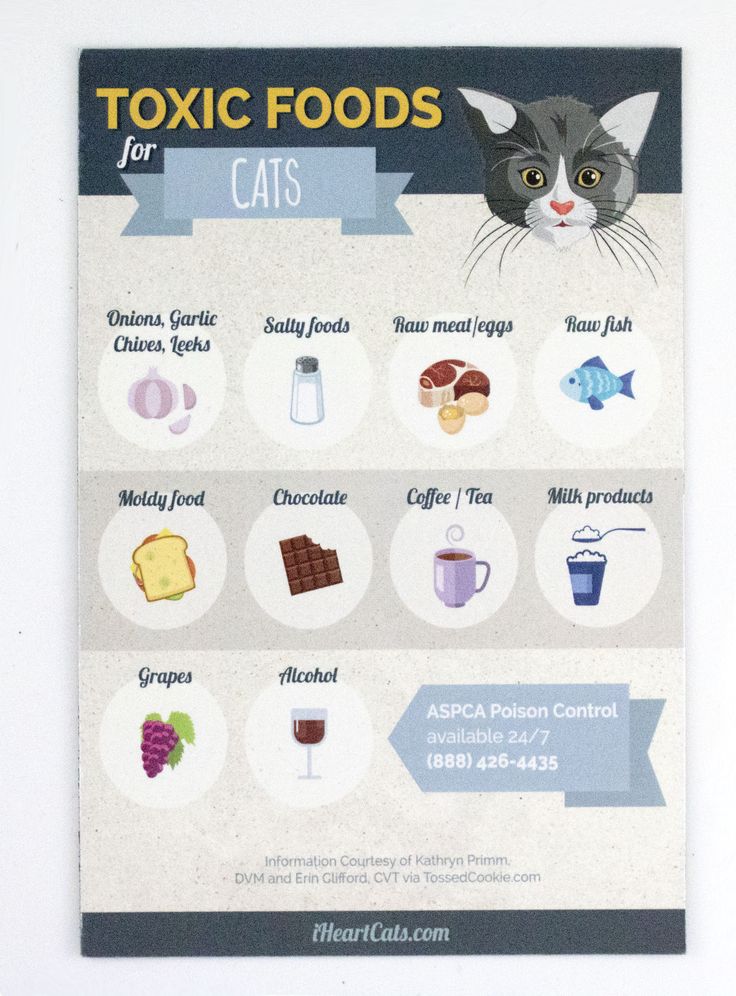 The main thing is not to confuse it with lactose-free milk for adult cats. It's not the same thing.
The main thing is not to confuse it with lactose-free milk for adult cats. It's not the same thing.
Starting from the 8th day of life, the animal can absorb liquid vitamins, which are injected into the mouth with a syringe without a needle. A veterinarian will help you choose a vitamin complex.
If the kitten has indigestion when a new food is introduced, dilute the mixture with water or add a few tablespoons of chamomile decoction. If the condition does not stabilize, drugs with bifidobacteria are used.
From the age of 3-4 weeks the kitten is ready for the first feeding with semi-solid food. You can feed both industrial and natural food. The choice depends on the wishes of the owner. But whatever they are, the main thing is not to mix feed with each other. This will lead to an imbalance of nutrients and disruption of the digestive system.
If natural, all ingredients must be fresh and preferably from the same manufacturer. The daily serving size should not exceed 120-130 g, of which 60% is reserved for proteins, 10% for fats and 30% for carbohydrates.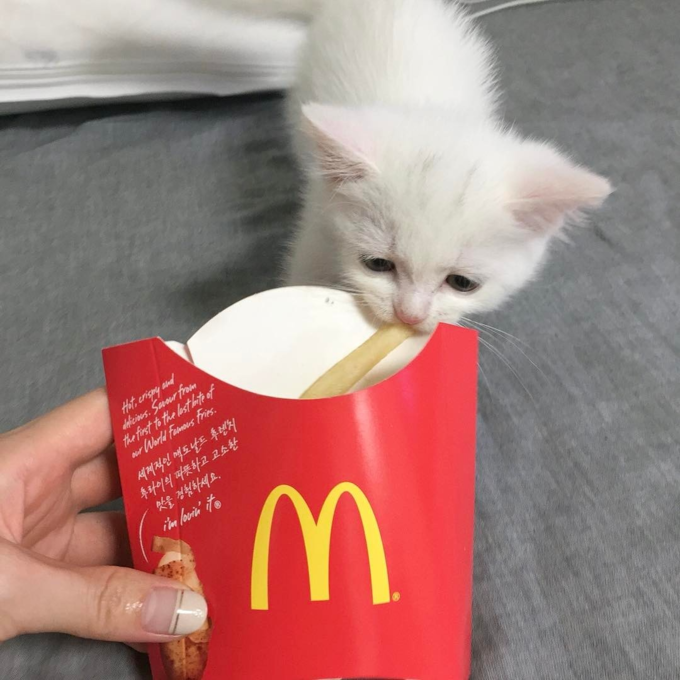
The list of allowed products includes: low-fat cottage cheese, cereals in milk broth, lean soups and egg yolk. When adding meat, the piece should be lean, brought to a puree state. Adding spices and sugar is strictly prohibited.
If fed commercially, kitten pâtés diluted with water or formula are suitable. The daily energy requirement is already calculated by the manufacturer. A kitten eats 1-2 sachets a day.
The list of permitted foods includes: premium or super-premium wet food. High-quality food is supplied without salt, dyes, flavor enhancers and aromatic additives.
In order to permanently transition a kitten from milk formula to semi-solid food, it is necessary to gradually increase the proportion of new products, alternating milk and complementary foods with each other or mixing them together.
From the age of 2-4 months, the kitten is ready to eat solid food. The pieces should be small, but dense enough for the animal to learn to chew and strengthen the jaw muscles.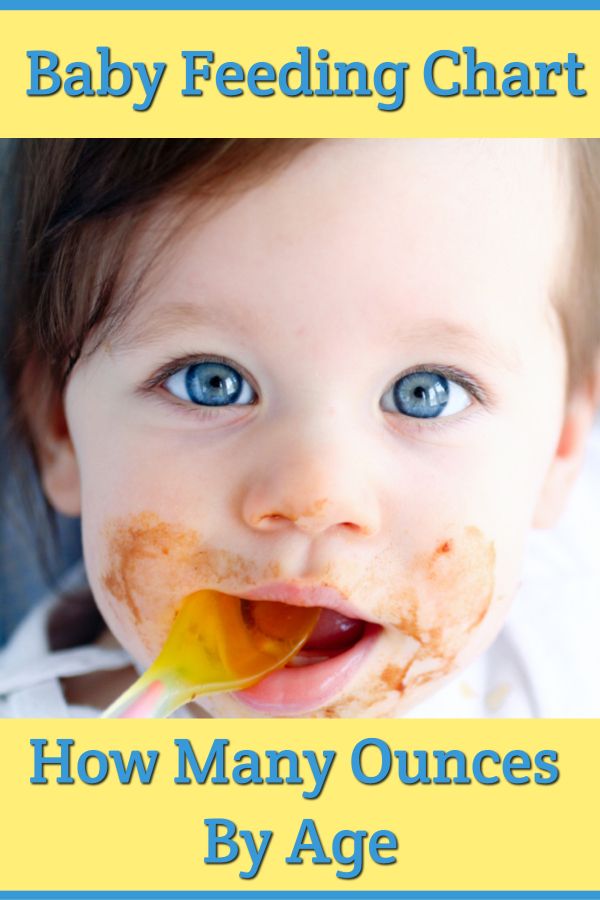
If natural food is given, the list of permitted products will be replenished with boiled vegetables, low-fat sea fish (hake, haddock, cod), germinated wheat and oat sprouts, cereals and fermented milk products (kefir, yogurt, low-fat cottage cheese). Serving size increases to 160-180 g.
When fed commercially, dry premium and super premium kitten food with a minimum kibble size will do. High-quality feed should be high-energy, high in protein and calcium. On the day the kitten eats 40-50 g of dry food, 2-2.5 sachets of wet food or 15-30 g of dry food mixed with 1 sachet of wet food.
To get the kitten interested in solid food, it is soaked in water. This is necessary to give the food a familiar texture and enhance the smell.
If the animal has switched to solid food without complications, the diet remains the same. Only the portion size increases.
If fed natural, serving size is determined according to current energy requirement (see Table 3). The average daily serving size is 180-240 g.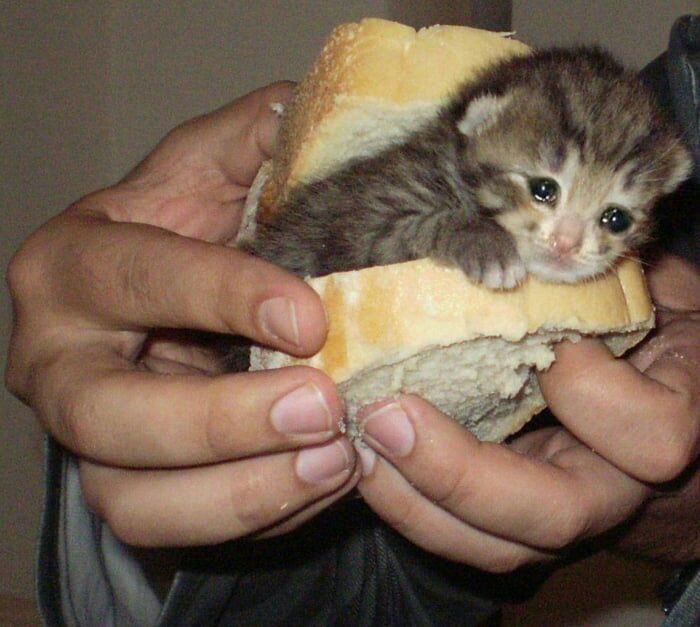
If industrial feed, in accordance with the manufacturer's instructions. Usually a kitten eats 50-65 g of dry food, 2.5-3 sachets of wet food or 30-45 g of dry food mixed with 1 sachet of wet food.
By the first half of the year, the pet can switch to adult foods and adult serving sizes.
Cats are transferred to the adult line as early as 6 months. They grow and develop faster. Kotov - a little later. They reach adult size more slowly.
Normal kitten weight
The average weight gain in the first year of life can be tracked in Table 2. If the animal gains weight more slowly or, on the contrary, overeats, a consultation with a veterinarian is necessary. It is likely that the food is too heavy or does not contain enough nutrients for active growth.
| Age | Average kitten weight |
| 1 week | 113 g |
| 2 weeks | 200 g |
| 3 weeks | 280 g |
| 4 weeks | 370 g |
| 2 months | 700-1500 g |
| 3 months | 1480-1790 |
| 4 months | 1880-2400 |
| 5 months | 2290-2900 g |
| 6 months | 2550-3390 g |
| 7 months | 2620-3750 g |
| 8 months | 2700-4000 g |
| 9 months | 2800-4100 g |
| 10 months | 2810-4200 g |
| 11 months | 3000-4350 g |
| 12 months | 3150-4400 g |
Table 2
Daily energy requirement of a kitten calories.
 If for industrial feed - compare the values \u200b\u200bfrom the table with the information on the back of the package.
If for industrial feed - compare the values \u200b\u200bfrom the table with the information on the back of the package. When feeding with prepared food, all calculations are made by the manufacturer. It remains for the owner to measure the portion in accordance with the current weight of the animal and introduce a new food with the transition to a new age group.
| Age | J | Kcal |
| Up to 8 weeks | 628 | 151 |
| Up to 3 months | 837 | 200 |
| Up to 6 months | 963 | 230 |
| 3 kg cat | 1005 | 240 |
| 4 kg cat | 1340 | 320 |
| 5 kg cat | 1465 | 350 |
Table 3
How to make a feeding schedule
General recommendations for serving size are given on the back of the food package.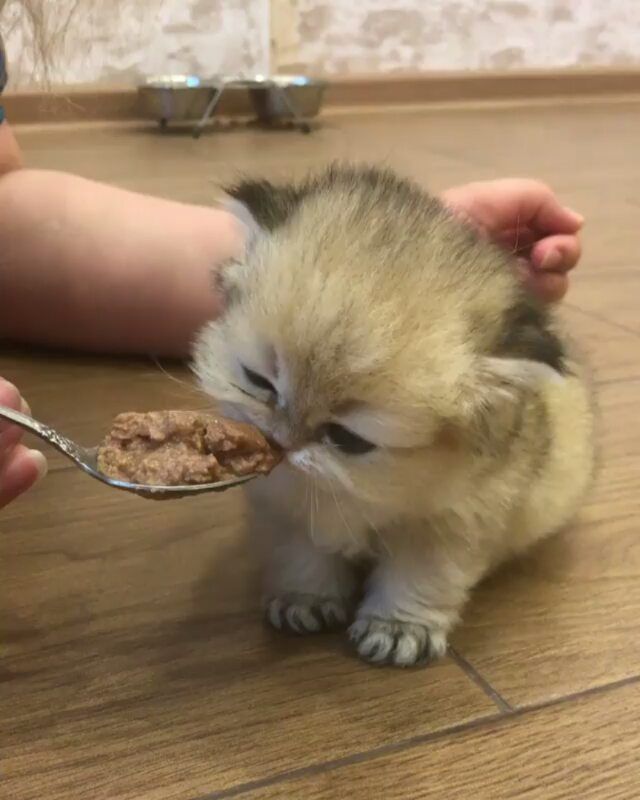 But for most kittens, the feeding schedule is as follows:
But for most kittens, the feeding schedule is as follows:
| Age | Mixture temperature | Feeding mode |
| 1-7 days | 38 degrees | 10-12 times a day (every 2 hours) |
| 7-14 days | 38 degrees | 10 times a day (every 2.5 hours) |
| 14-21 days | 30-32 degrees | 8-10 times a day (every 2.5-3 hours) |
| Day 21-30 | 28-30 degrees | 8 times a day (every 3 hours) |
| 30 days | 24-26 degrees | 6-8 times a day (every 4 hours) |
| 1-3 months | 15-25 degrees | 6 times a day (every 4-5 hours) |
| 4-5 months | 15-25 degrees | 4-5 times a day (every 5 hours) |
| 6-9months | 15-25 degrees | 3-4 times a day (every 6 hours) |
| 9-12 months | 15-25 degrees | 1-2 times a day (every 8 hours) |
How to feed a newborn kitten
For the first 8 days of life, the weight of a kitten should double.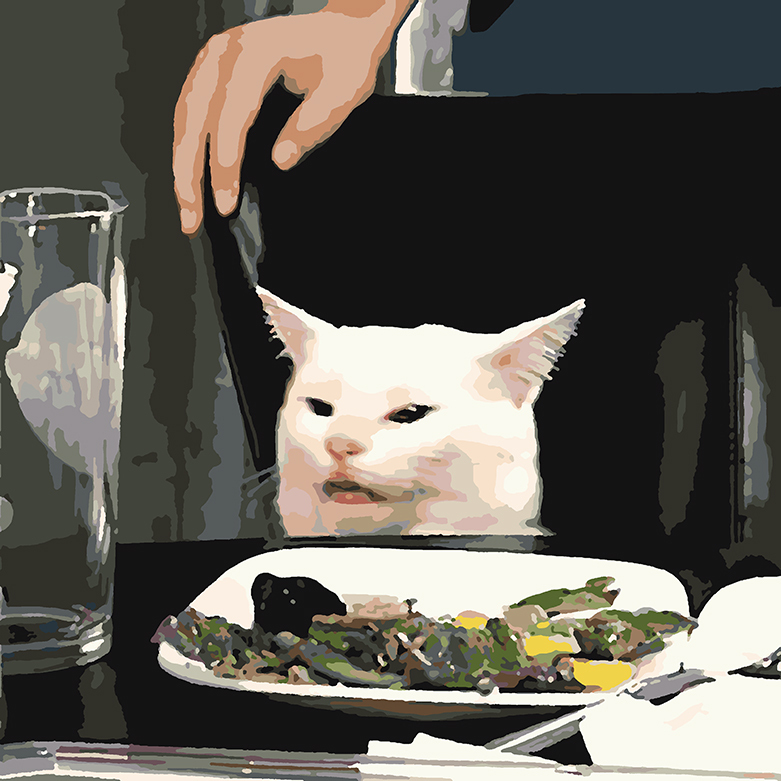 A healthy individual sucks milk up to 10-12 times, taking up to 3 hours to absorb food. The rest of the time the animal spends on sleep and active growth.
A healthy individual sucks milk up to 10-12 times, taking up to 3 hours to absorb food. The rest of the time the animal spends on sleep and active growth.
If the kitten is full, it sleeps peacefully and behaves quietly. If hungry, it lets out a squeak, crawls uneasily along the nest and sucks the outstretched finger.
To feed a newborn kitten, follow the instructions:
A newborn kitten can eat from a syringe without a needle or eye drops. But it is preferable to purchase a special bottle with an anatomical nipple. It will help develop the sucking reflex and strengthen the jaw muscles. In addition, the baby will eat exactly as much as he can, and will not choke.
Keep the opening in the nipple narrow. Otherwise, the baby may choke and inhale the liquid into the lungs.
Newborn kitten food should be warm (38 degrees) and sterile. The bottle and nipple should be sterilized in a steam sterilizer - just like bottles for newborns - or treated with cold sterilization liquid.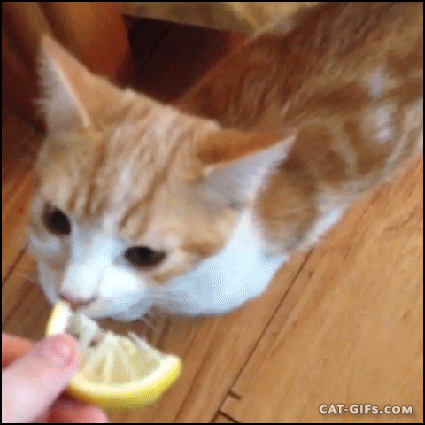 Heat the food in a water bath - if you use a microwave oven, the liquid warms up unevenly, and the kitten may burn itself.
Heat the food in a water bath - if you use a microwave oven, the liquid warms up unevenly, and the kitten may burn itself.
Follow the instructions on the formula packaging to determine how much to serve. Concentrated food will lead to indigestion. Watery - to nutritional deficiencies.
To check the temperature of the food, apply it on your wrist. The liquid should be warm, close to body temperature.
If the kitten has diarrhea, dilute the food with water. Probably, the standard concentration calculated by the manufacturer does not suit him yet.
Place the kitten on your knees, belly down, and fix its muzzle between the index and middle fingers, avoiding tilting the head up or back. This situation leads to the reflux of the mixture into the lungs with the subsequent development of pneumonia.
Squeeze a drop of the mixture onto the tip of the nipple and bring it to the mouth. Smelling the smell of milk, the kitten will instinctively reach for it. But if this does not happen, put the pacifier in the mouth yourself and make sure that the baby actively sucks, swallows and burps to release excess air.
If you are feeding your kitten with a syringe or eye drop bottle, introduce food slowly. Make sure that milk does not come out of the nose, and the kitten does not choke.
If the pet began to fall asleep, and milk bubbles came out of the mouth, then he had eaten.
Stroke the kitten's belly and wipe the anus and genitals with a damp baby wipe, imitating the licking of a cat mother. This is necessary to stimulate the removal of urine and feces.
When the kitten has urinated and littered, wipe the feces and functional holes with a clean cloth and leave the kitten until the next feeding.
What not to give your kitten
0003
Fatty meat. Pork, lamb. Fatty meats are poorly digested, leading to indigestion and metabolic disorders.
Sausages . Sausages, sausages, sausages. A slice of sausage contains a lot of fat, salt and spices. The product leads to indigestion and disruption of the pancreas.
Bones . They lead to mechanical injuries of the larynx and esophagus, can cause gastric or intestinal obstruction.
Canned fish . If there are preservatives in the composition, they are not useful to the kitten.
Food from the table. Kittens do not digest salty, fried, smoked, spicy food. Long-term complementary feeding with the remains of human food leads to a reduction in life expectancy and a number of chronic diseases that occur in old age.
Sladost i. Chocolate, sweets. Ice cream. Sharp jumps in insulin lead to the development of diabetes. Xylitol and theobromine, found in candy and chocolate, cause seizures and are toxic even to an adult cat.
Yeast dough. If you feed a kitten with bread, the animal will face bloating and colic.
Legumes . The product causes flatulence and heaviness in the stomach.
Grapes and raisins. The chemical composition of berries provokes the development of kidney failure.
The chemical composition of berries provokes the development of kidney failure.
Freshwater fish. Source of parasites and small bones capable of causing mechanical injury.
Potatoes . Ballast product with a high content of indigestible starch.
10 rules for feeding kittens
- Equip nest . Put a heating pad under the bedding and keep it clean. Newborn kittens are not able to maintain optimal body temperature on their own and are highly susceptible to viruses and infections.
- Watch your weight gain . The first 2 weeks the kitten should add 14 g daily.
- Do not cook in advance. Prepared kitten food can be stored in the refrigerator for up to 24 hours.
- Stick to the daily serving size of . If the kitten does not feel full, do not overfeed. The main indicator of satiety is a tight, but not bloated stomach.
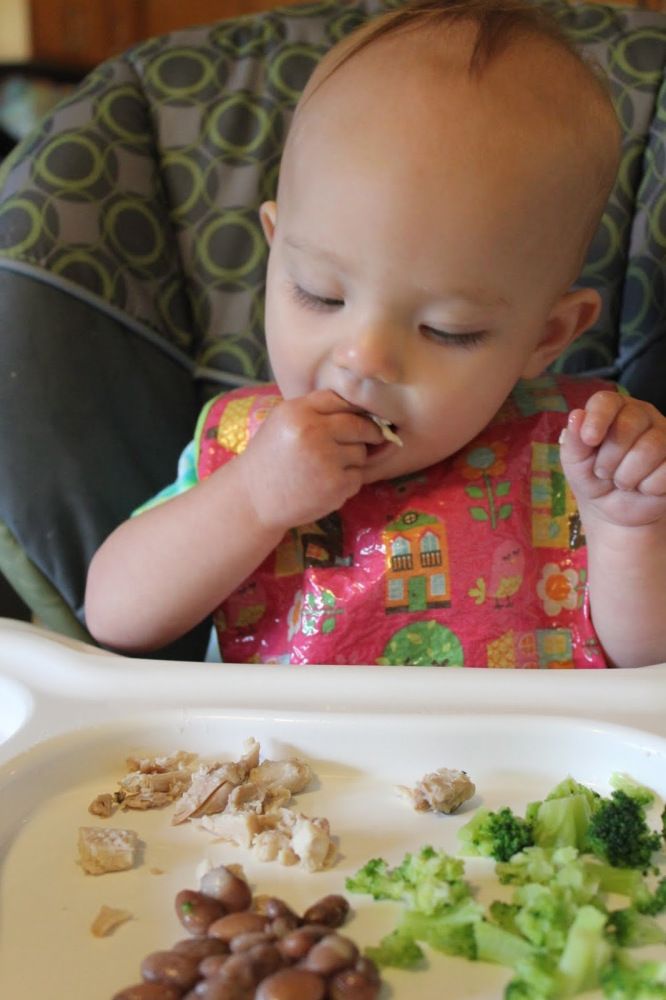 If the kitten does not finish eating, do not be nervous. This is due to the peculiarity of the body and appetite. Some individuals eat less.
If the kitten does not finish eating, do not be nervous. This is due to the peculiarity of the body and appetite. Some individuals eat less. - Warm food to room temperature or above (according to the age of the pet). Do not give food from the refrigerator. This can lead to vomiting and indigestion.
- Do not mix commercial and natural food and food from different manufacturers in the same bowl. This leads to an imbalance of nutrients and a serious failure of metabolic processes. Only a veterinary nutritionist can prescribe a mixed diet. And only if there are special indications.
- Introduce new ingredients gradually. Introduce new foods in small portions. To digest unfamiliar food, the body needs to produce certain enzymes.
- Do not drink whole cow's milk. Kittens do not tolerate highly concentrated lactose.
- Do not feed raw meat . Raw meat is a source of helminth eggs and viruses.
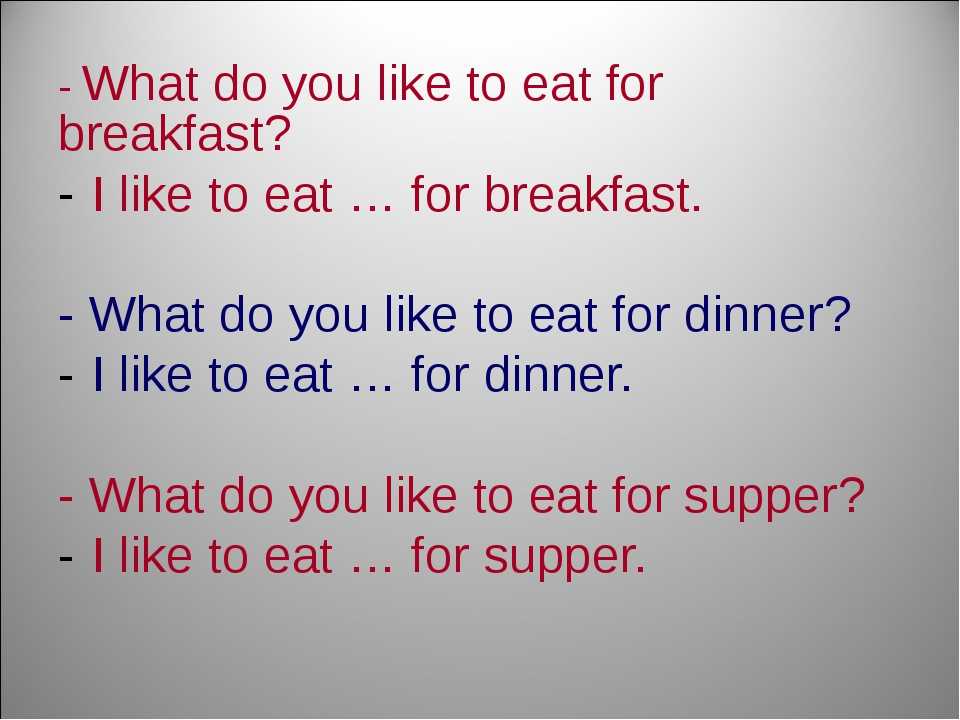
- Do not give vitamin/mineral supplements unless indicated . If the kitten eats industrial feed, the norm of vitamins and minerals is taken into account in the composition of the feed. If natural products - consult a veterinarian. Dosage and type of complex are determined individually.
Other articles of section
NPPE Base Article Header Region
NPPE Base Article Header Region
NPPE Base Article Header Region
NPPE Base Article Header Region
NPPE Base Article Header Region
NPPE Base Article Article Header Region Region
NPPE Header909NPPE Base Article Header Region
Feeding kittens 1, 2 and 3 months
Library / Cats / Nutrition / Feeding kittens from 1 to 3 months
The birth of kittens is always a long-awaited and exciting event for owners. Watching squeaking fluffy lumps sucking mother's milk causes tenderness and joy.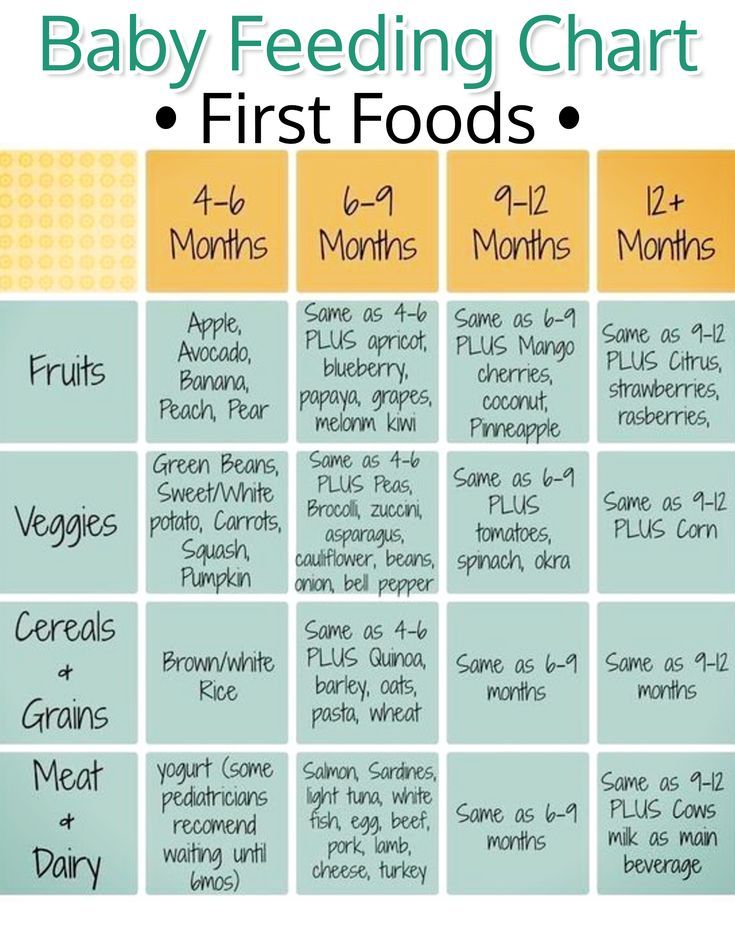 Kittens suckle milk only 3-4 hours a day, and devote the rest of the time to sleep and play. However, do not forget that soon the owners will also bear the responsibility for feeding babies, because without harm to their own health, a cat feeds kittens for only 1.5-2 months.
Kittens suckle milk only 3-4 hours a day, and devote the rest of the time to sleep and play. However, do not forget that soon the owners will also bear the responsibility for feeding babies, because without harm to their own health, a cat feeds kittens for only 1.5-2 months.
photo: A cat can feed kittens up to 2 months
Properly selected and well-balanced nutrition at the beginning of a kitten's life lays the foundation for its future health. Depending on the age of the baby, he needs a different diet, which, in any case, should include only high-quality products.
When the kitten is 3-4 weeks old, you can start feeding your baby with other products. During this period, kittens are gradually weaned from their mother and are ready to try something other than mother's milk.
photo: Milk is the basis for the transition to normal feeding of a kitten at 1-3 months old
and vitamins. Children's meat and semi-meat purees are ideal for this.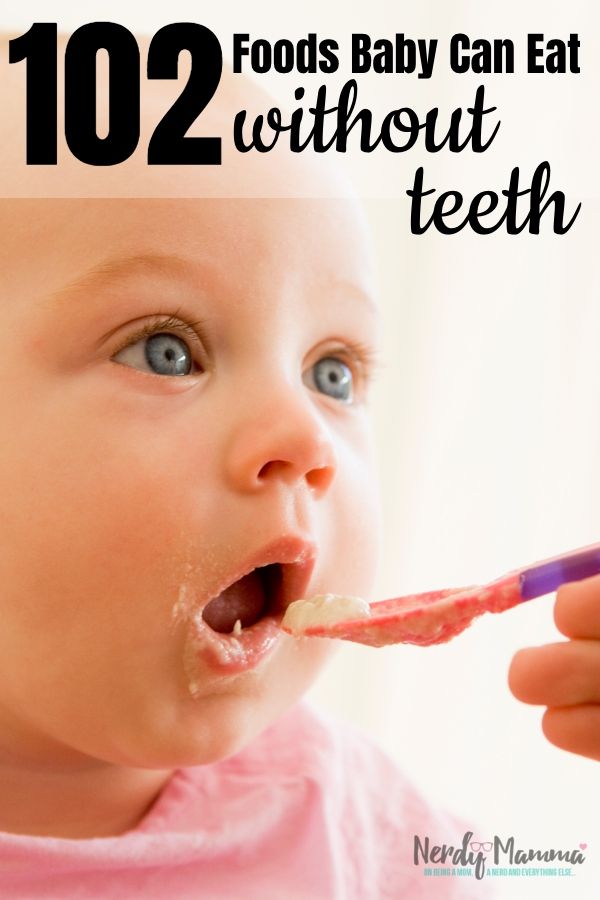 From 1.5 months, it is already possible to introduce more solid foods into the diet, for example, minced meat from raw lean meat with vegetables. From 2 months old, a kitten can be given meat cut into small pieces. At the initial stage, milk, cottage cheese, sour cream or kefir are added to almost all food, since it is easiest for kittens to switch from mother's milk to fermented milk products. Dairy products, which are so necessary for babies for full development, continue to be given until the kitten reaches 4 months of age.
From 1.5 months, it is already possible to introduce more solid foods into the diet, for example, minced meat from raw lean meat with vegetables. From 2 months old, a kitten can be given meat cut into small pieces. At the initial stage, milk, cottage cheese, sour cream or kefir are added to almost all food, since it is easiest for kittens to switch from mother's milk to fermented milk products. Dairy products, which are so necessary for babies for full development, continue to be given until the kitten reaches 4 months of age.
photo: New foods should be gradually introduced into the diet of a kitten for 2-3 months
When fed naturally, minced meat, fish, vegetables and cereals are added to the kitten's diet in addition to dairy products. All new foods should be introduced gradually and given separately from the rest of the food.
It is customary to feed a kitten from 1 to 3 months 5-6 times a day in small portions. Food should not be cold or hot.
The diet of any kitten from 1 to 3 months old should include the following foods:
- Meat. Lean meat (beef, poultry, rabbit) makes up 60-80% of a kitten's daily diet. It is given raw, boiled or scalded with boiling water. Raw meat must be frozen in the freezer for 4-5 days before consumption to protect the pet from possible parasites.
- Liver. Chicken and beef liver once every 1-2 weeks.
- Kashi. Buckwheat, millet or rice porridge with minced meat, meat, fish or vegetables is the most nutritious food for babies.
- Vegetables. Vegetables are very useful and simply necessary for a growing organism. They are given fresh or boiled, previously grated.
- Eggs. Raw egg yolk is given no more than once a week. The mixture of milk and egg yolk is very healthy and nutritious.
- Dairy products.
The most harmful for kittens are pork, fats, fresh meat, sugar, salt and smoked meats. Giving such products to babies is strictly not recommended.
photo: A carefully selected diet is the basis of your cat's health!
If further feeding is planned with ready-made industrial feeds, complementary foods are also started from the age of one month with the addition of several pellets of dry food soaked in milk or specialized canned food for kittens from 1 to 3 months. The composition of ready-made feeds includes almost the same ingredients as in natural feeding. The proportion of content in the feed of a particular product depends on the class of the finished feed. The daily dose of feeding a kitten in accordance with its age and weight is indicated on the package. When feeding dry food, the kitten should always have unlimited access to fresh water.
By the age of 2.5-3 months, the kitten has already completely switched to adult food. The difference remains only in the frequency of feeding and serving size.
photo: The transition of a kitten to adult food should be completed by the 3rd month of life
Balanced nutrition of a kitten in the first months of life is a fundamental factor in its harmonious development and good health.